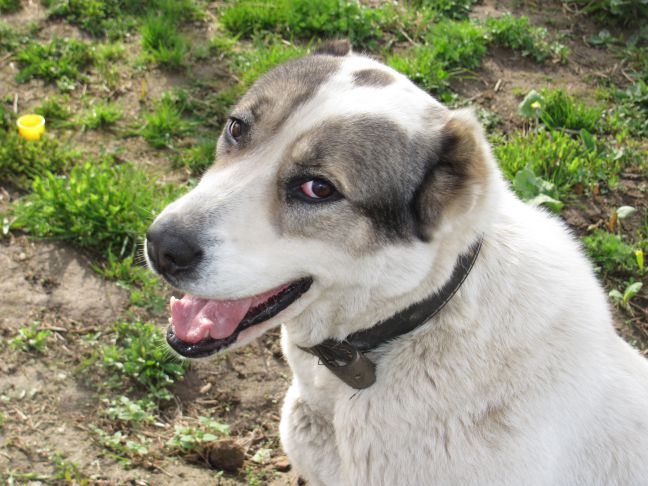As a rule, dogs are happy to carry out the commands of their beloved owner! Especially for a treat.
And you will feel proud of your pet while demonstrating his talents to guests who have dropped in for tea.
1. It is better to teach commands to a dog from a young age, but do not overdo it. Puppies are able to perceive and quickly learn commands from about three months.

If you start earlier, you'll waste a lot of time. But then they learn surprisingly quickly!
2. Start simple. Sit and give a paw. Stock up on treats. Small pieces, so the dog doesn't get full before you finish. It's better if the dog is hungry, so he'll be more interested in the treats.
3. Motivation. Let the dog sniff the treat, but don't let him eat it. Hide the treat. Behind your back or higher up from the dog, on the table, for example.
4. First, you need to do what is required for the dog and give it a treat. We reinforce the logical chain. Say the command. Always the same. For example: "Sit!" Then sit the dog. There are two ways to do this. Choose the one that is easier for your dog. The first: lightly press on the back of the body when the dog is standing.
The dog will sit down under your pressure. This does not work with some and you can use the second method: the dog stands in front of you with a treat in your hand, hold your hand over the dog's nose and move it up and slightly back.
The dog - this movement makes it uncomfortable to watch the hand and it sits down on its own. Here you immediately praise the animal and give it food! Then bring the dog to a standing position again, this can be done by lifting it by the stomach.
5. Repeat the procedure. "Sit!" - sit - praise and give food. After 3-5 repetitions, the dog will figure out what needs to be done to get a reward and will sit on its own. With puppies, more repetitions may be needed. It depends on the intelligence of the individual. Adults - from six months, smart dogs understand after 3-4 repetitions.
6. Next, when the dog is sitting, we start asking for a paw. We say the command: "give me a paw!" and take the dog's paw in our hand, shake it, imitating people greeting each other, then joyfully praise the pet and it gets a treat! After reinforcing this command, we complicate the task: "give me the other paw!" (the second, left one) and also take the dog's other paw in our hand, praise.
7. Don't tire your dog out with unnecessary training. Even if he didn't get it today, repeat the training from start to finish the next day. Reinforce the command over the next few days. Then the dog will perform them without a treat, just for the praise of his beloved owner!
8. The "Lie Down!" command. This is easiest to do after the "Sit!" command. The dog sits in front of you and lets him sniff a treat. Keep in mind that the dog should be interested in the treat, but its attention should be focused on you, not on the piece of food. Tap your palm on the floor and say: "Lie Down!"
Then pull the dog by the front legs while pressing on the withers (these are the dog's shoulder blades, on the back, where the front legs meet). At first, the dog may resist, not understanding what is happening, but be persistent and patient. As soon as the dog has assumed a lying position, immediately praise and give a treat! This also requires several repetitions.
9. Never shout or scold your dog if it doesn't understand you right away. Training should be fun, otherwise there will be no results. If your patience is running out and your dog stubbornly refuses to do what you want, quit training. Put it off until tomorrow. And with new strength and patience, start again.
10. The "Fetch!" command. Take your dog's favorite toy. The dog is next to you, you have the toy in your hand. Throw the toy 1-1.5 meters, at first you don't need to throw it far.
Hold the dog if it rushes to the toy. Then say: "Fetch!" and let the dog go. Since the toy is a favorite, the dog will run to it and take it in its mouth. And most likely, it will start playing, forgetting about your existence! A leash will help you here.
Using it, pull the dog towards you and, taking hold of the other end of the toy, start playing with the dog, saying: Fetch, fetch! Well done! Good dog! Fetch!
11. Then say: "Give it up!" and take the toy out of the dog's mouth. It is very important to pay special attention to the "Give it up!" command. This will come in handy in any life situation. The dog should calmly give up everything that is in its mouth if the owner demands it, even if it is food.
Previously, we wrote about what to do if a hamster prevents you from sleeping at night.








